Black Salt vs Pink Salt
Are you curious about the differences between two trendy salts, Black Salt vs Pink Salt?
Whether you’re a food enthusiast or simply want to add some variety to your spice cabinet, let’s explore the exciting world of Black Salt vs Pink Salt!
In this article, we discussed the unique characteristics, taste, texture, and composition of each salt. Also we have mentioned the health benefits and uses of Black Salt vs Pink Salt.
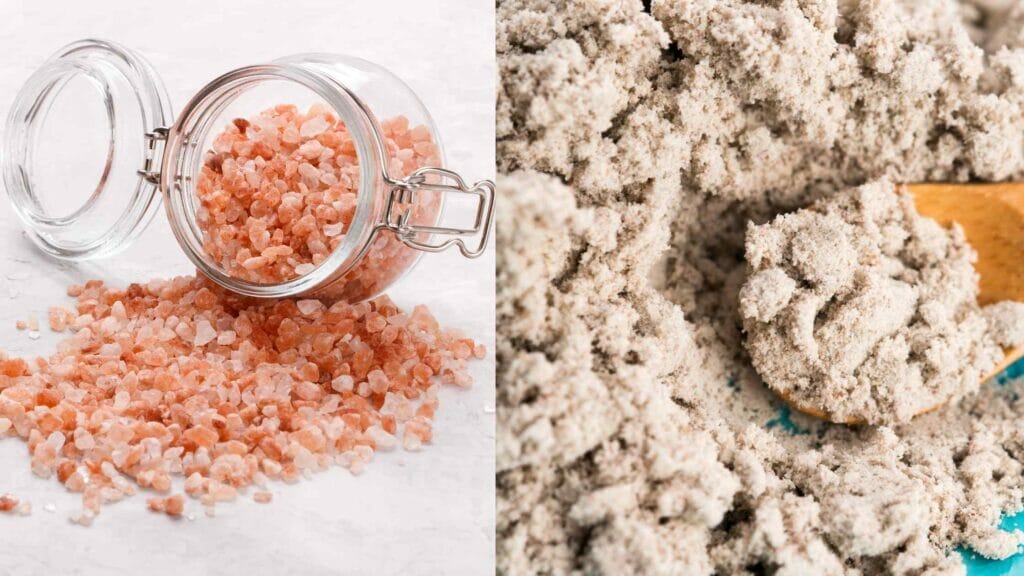
Black Salt vs Pink Salt Sodium Content
Black salt, also known as kala namak, typically contains a higher amount of sodium chloride (sodium) compared to pink salt.
According to reasearch study of United States Department of Agriculture (USDA), 1teaspoon of black salt (kala namak) contains 400-500 mg sodium, whereas 1 teaspoon of pink salt contains less sodium, approximately 380-390 mg sodium.
Black Himalayan Salt Benefits
- It helps in improving digestion by stimulating the digestive enzymes and also by reducing inflammation.
- Black Himalayan salt helps to detoxify the body by removing toxins and impurities, thanks to its sulfur content.
- It helps alleviate respiratory issues by reducing mucus buildup in the lungs and improving breathing.
- Additionally, black Himalayan salt have antibacterial properties that help fight off harmful bacteria and prevent infections.
Black Salt Disadvantages
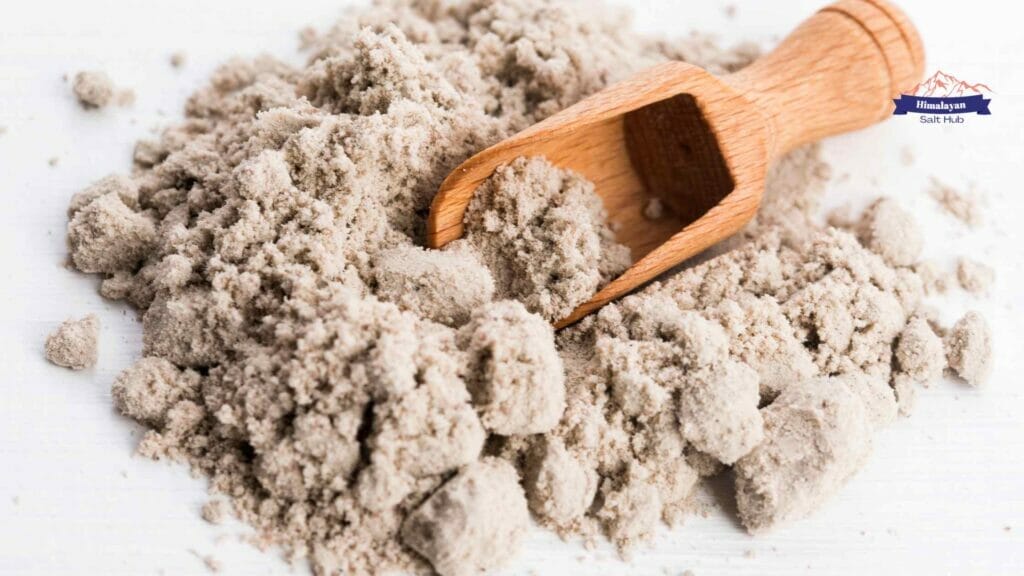
- Black Himalayan salt contains high amount of sulfates, which cause digestive issues like bloating, gas, and diarrhea.
- Excessive intake of black Himalayan salt cause high blood pressure due to high sodium content.
- It is not be suitable for people with kidney problems, as it put extra strain on the kidneys due to high mineral content.
- The production of black Himalayan salt involves charcoal and clay, which contain heavy metals that are harmful to health when consumed in large quantities.
How is Black Salt Made vs How is Pink Himalayan Salt Made
Black Salt Making
Black salt has a unique pungent and sulfurous taste, and is used to enhance the flavor of dishes like chaat, chutneys, raitas and finishing salt on fruits like watermelon and orange.
So how is black salt made? It involves heating salt with a mixture of spices and herbs in a kiln or furnace, until it reaches a high temperature. Then the mixture is cooled and ground into a fine powder.
The specific spices and herbs used in the process can vary depending on the region and the recipe, but they often include ingredients such as harad seeds, aamchur (dried mango powder), and cumin seeds. These ingredients not only add flavor, but also help to give black salt its characteristic pinkish-grey color. It is also sometimes said as smoked salt.
Black ritual salt is not actually black in color. Instead, it has a slightly off-white or pinkish-grey color becuase of presence of other ingredients.
Overall, indian black salt is a unique and flavorful ingredient that is widely used in South Asian cuisine
The process of making of black salt is little complex but the end result is a delicious seasoning that adds flavour to a wide range of dishes.
One thing to note here is that this Indian Black Salt is very different than hawaiian black salt. Hawaiian black salt is known as black lava salt, and extracted from hawaii. Whereas
Indian black salt is made when Pink salt is processed with herbs and other spices
Pink Salt Making
To make pink salt, miners extract large chunks of salt from underground mines in the Himalayan mountains. The salt is then cleaned and sorted by hand to remove any impurities or debris.
Next, the salt is crushed into smaller pieces and either sold as is or further processed into fine-grain or coarse-grain salt. Some manufacturers also choose to add additional minerals or flavors to the salt before packaging and selling it to consumers.
Black Salt vs Pink Salt for Weight Loss
Black Salt for Weight Loss
- Black salt contains minerals and trace elements for maintaining a healthy body.
- Some people believe that black salt aid in weight loss due to its low calorie and sodium content, which help reduce water retention and bloating.
- Black salt also improve digestion by stimulating the production of digestive enzymes, which help break down food more efficiently and reduce the likelihood of overeating.
- Additionally, black salt have a thermogenic effect, which means it help boost metabolism and burn more calories.
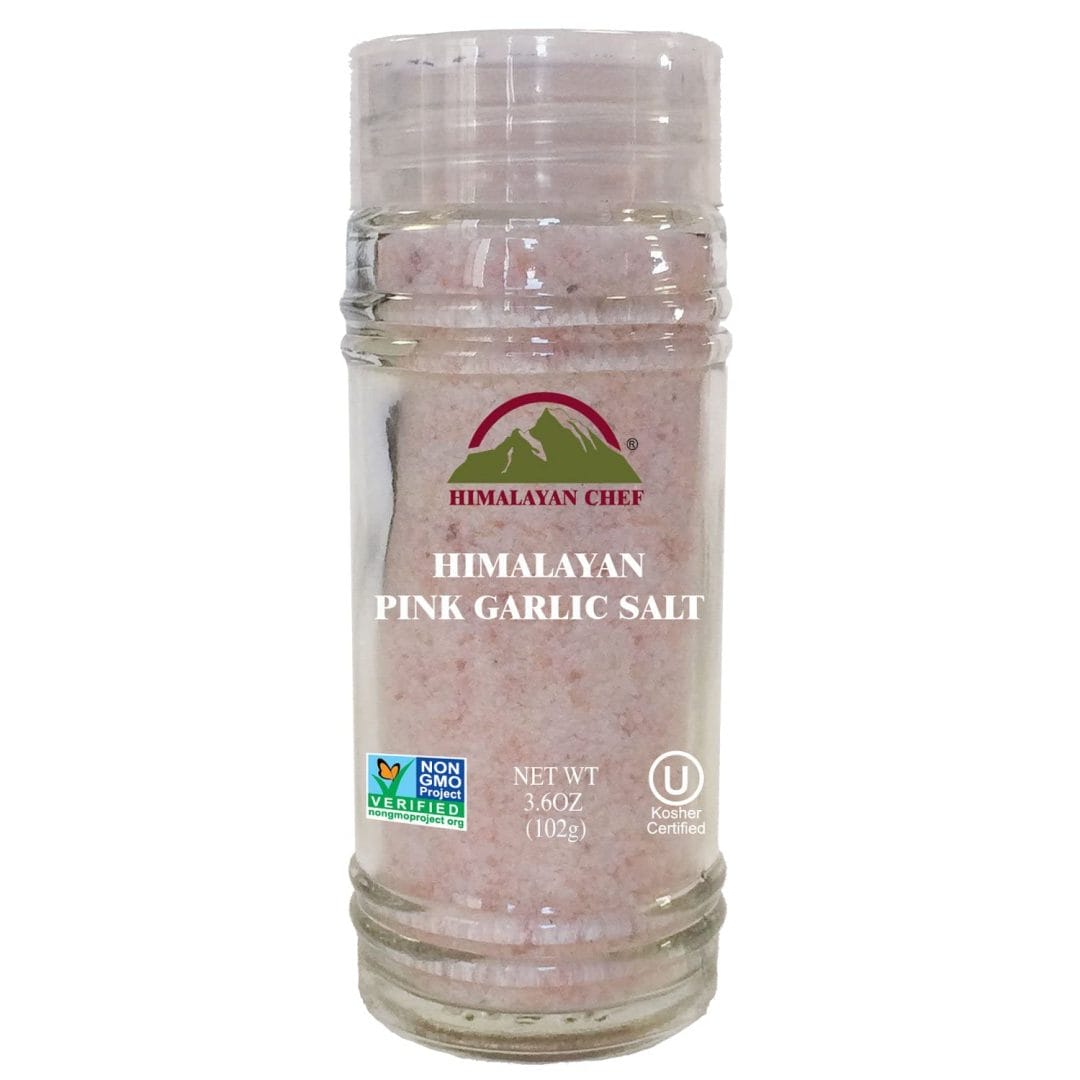 |
Himalayan Pink Garlic Salt |
Pink Salt for Weight Loss
- Some people believe that consuming pink salt help with weight loss as it contains minerals that help regulate metabolism and promote fat burning.
- Incorporating pink salt into a balanced diet and exercise routine support overall health and wellness, but it is not a magic solution for weight loss.
Pink Salt or Black Salt is Good for Health
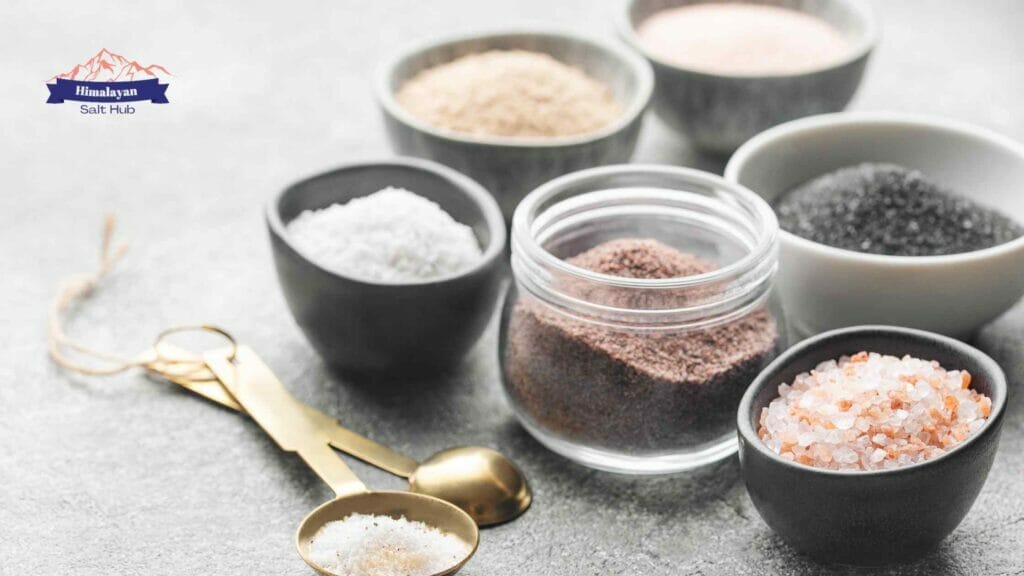
Both pink salt and black salt have their own unique qualities, but in terms of health, both natural salts are good for you in moderation.
Pink salt is rich in minerals like magnesium and calcium, while black salt is believed to aid digestion and relieve stomach issues. It’s recommended to use both salts in moderation and consult with a healthcare professional to determine what salt may be best for your individual health needs.
Which is better pink salt or black salt? Uses and Benefits
Black Salt:
- Used as a seasoning in Indian cuisine to add a distinct flavor to dishes.
- Used as a digestive aid and to alleviate stomach ailments.
- Used in Ayurvedic medicine as a treatment for constipation and heartburn.
- Added to lemonade or other beverages for a tangy flavor.
- Used in vegan cooking as a substitute for eggs due to its sulfuric taste and smell.
- Used in some cosmetic products to help with skin problems.
Pink Salt:
- Used as a cooking and seasoning salt.
- Often used as a decorative element in food presentation due to its distinctive pink color.
- Used in some bath and beauty products for its purported health benefits.
- Used in some air purifying devices and salt lamps.
- Used in homemade mouthwash to help improve oral health.
- Used in some detox and cleansing regimens.
Black Salt vs White Salt
- Black salt is gray or pink in color and is mined from certain regions of India, Pakistan, and Nepal, while white salt is commonly extracted from salt mines or seawater.
- Black salt contains trace minerals such as iron, sulfur, and magnesium, while white salt is often fortified with iodine to prevent iodine deficiency.
- Black salt is commonly used in Indian and Southeast Asian cuisine as a seasoning for chaat, chutneys, and raita, while white salt is used in various dishes and recipes worldwide.
- Black salt is also used in Ayurvedic medicine for its purported health benefits, while white salt is often criticized for its potential negative effects on health when consumed in excess.
Is Himalayan salt and black salt the same?
No, Himalayan salt and black salt are not the same.
Himalayan salt is a type of rock salt mined from the Himalayan region and is pink in color due to its mineral content
Black salt, on the other hand, is a type of rock salt that is dark in color and has a distinctive sulfurous taste and odor. It is commonly used in Indian cuisine.
FAQs
Is black salt good for health?
It contains trace minerals that are important for overall health, and it may aid in digestion and help relieve constipation.
However, its high sulfur content can be harmful in excess, and people with certain medical conditions should avoid much salt altogether.
What’s the healthiest salt?
While there isn’t necessarily a “healthiest” salt, Himalayan pink salt and naturally occuring salts are generally considered better options than regular table salt due to their higher mineral content and lower sodium levels. However, it’s important to remember that all types of salt should be consumed in moderation for optimal health.

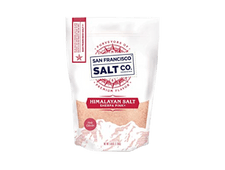
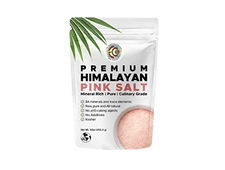
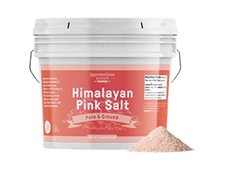

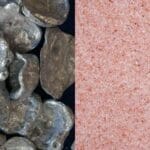

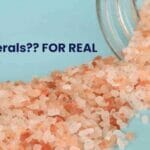

0 Comments